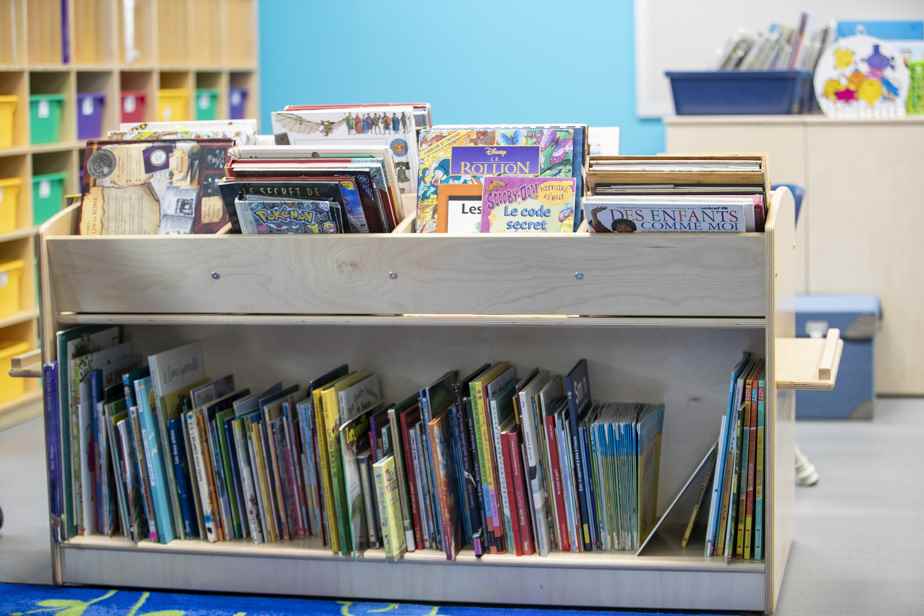Censorship has surfaced twice rather than once in recent Quebec news. We owe the first blacklisting to a Public Health worried about the mimicry that can arouse the apology of suicide1. As well intentioned as it is, the intervention of the Ministry of Health has been decried by many commentators.
The second case results from the most recent episode of Culture Wars Americans. Among our neighbors to the south, the politicization of everything and nothing continues. Reading is no exception.2. This is how a Quebec children’s album was banned in an excess of zeal unanimously condemned by the National Assembly.
Regardless of the reasons justifying it, censorship provokes an almost general reflex disavowal. And for good reason. After all, it attacks the fundamental value of freedom. This is why the crusade which is taking place in the heart of the Land of the Free amazed us so much.
We strongly condemn censorship.
However, we would be wrong to sweep these controversies under the carpet without initiating a broader reflection on what our young people read.
Although we do not share the American puritanism at the base of this new censorship, a majority of Quebecers will undoubtedly agree with the Americans to ensure the decency of the content offered to children.
Moreover, the omnipresence of the theme of the quest for identity deserves our attention. Anyone who browses the “new” shelves of the youth wings will notice the notorious ubiquity of identity from every angle. Certainly, the subject is important. That said, one might wonder whether the fascination for the individual and the somewhat moralizing tone do not harm the development of curiosity and wonderment in a generation of readers. We have to admit that magic sometimes seems traded for activism.
For its part, literature aimed at adolescents often emphasizes heavy and unhealthy subjects, as if it was absolutely necessary to stick to the dark version of their reality to interest them.
Reading and fun
Finally, it would be appropriate to challenge the precept that reading always rhymes with pleasure as well as its corollary: all books are equal. In fact, reading is the primary labor of the student, the cornerstone of learning.
In Have fun to deathNeil Postman also concludes that Huxley’s fear that “no one would want to read anymore” and that “people would come to love technologies that destroy their ability to think and dispossess them of their autonomy and of their history” turns out to be more visionary than that of Orwell, who apprehended totalitarian censorship.
At a time when attention spans, deep reading skills, fluency in French and cultural transmission are in alarming decline, it is important to act.
As Maxime Pedneaud-Jobin affirms: “Instead of giving children and teenagers what attracts them, the school must make them love what they need, a culture specific to them.3 »
Hopefully teachers will keep this imperative in mind when choosing books with the promised $300. We also hope that the parents will offer their essential support to the success of this common mission.
On the other hand, we should bring back to the fore the idea often evoked of a list of classic literary prescriptions. And if shields were to rise under an overly busy curriculum, why not impose these readings during the summer break like other nations?
Allow me, in conclusion, to anticipate a facile criticism by drawing attention to the “Golem effect” which can be summed up as follows: low expectations insidiously lead to poor results.
Let us raise our expectations of our youth. The results will follow.

